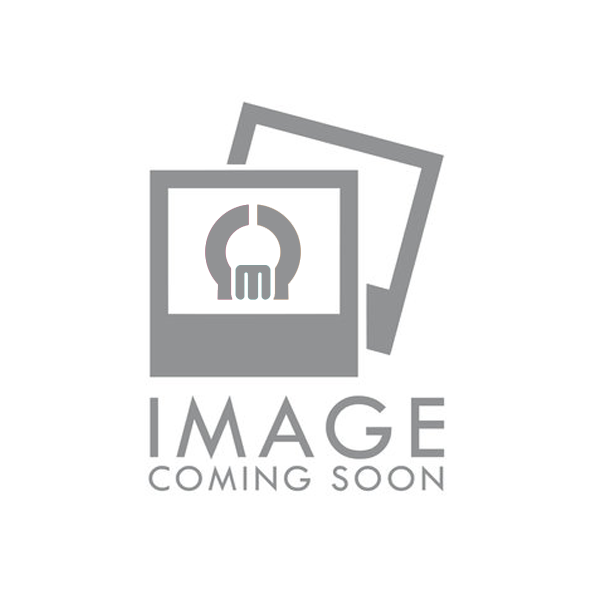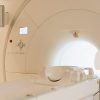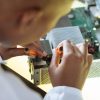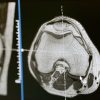The Vital Importance of Up-to-Date OEM Documentation in MRI and CT Machine Repairs
Medical imaging technology has made remarkable strides in recent decades, providing invaluable insights into the human body for healthcare professionals. This advanced technology, however, requires precise maintenance and repair, and the key to ensuring successful repairs lies in up-to-date Original Equipment Manufacturer (OEM) documentation. In the world of MRI and CT machine repairs, having access to current OEM documentation is not just crucial; it’s the cornerstone of maintaining high-quality patient care.
Why OEM Documentation Matters:
- Precision in Repairs: OEM documentation provides detailed information about the machine’s specifications, components, and tolerances. This level of precision is essential for technicians to perform accurate and effective repairs.
- Safety: Safety is paramount in the healthcare industry, and MRI and CT machines are no exception. OEM documentation outlines the necessary safety precautions and procedures for technicians to follow when working on these complex machines.
- Compliance: The healthcare sector is heavily regulated, and compliance with industry standards is non-negotiable. Access to OEM documentation ensures that repairs adhere to the manufacturer’s specifications and industry guidelines.
- Diagnosis and Troubleshooting: Current OEM documentation is a valuable resource for diagnosing issues and troubleshooting problems. It helps technicians identify the root cause of malfunctions and provides step-by-step guidance for resolving them.
- Warranty Considerations: In many cases, maintaining the manufacturer’s warranty is contingent upon following the prescribed maintenance and repair procedures outlined in OEM documentation. Deviating from these guidelines may void warranties.
The Risks of Outdated or Incomplete Documentation:
- Inaccurate Repairs: Outdated or incomplete documentation can lead to inaccurate repairs, potentially exacerbating the problem or creating new issues. This poses a risk to both patient care and the longevity of the equipment.
- Safety Hazards: MRI and CT machines are powerful devices with inherent risks. Inadequate documentation may result in safety hazards, exposing technicians to unnecessary risks and compromising patient safety.
- Regulatory Non-Compliance: Inadequate adherence to industry regulations can have serious consequences, including fines, legal liabilities, and damage to an organization’s reputation.
- Voided Warranties: If repairs are not carried out according to the manufacturer’s specifications, warranties may be voided, increasing the financial burden on healthcare facilities.
The Role of OEM Support:
OEMs understand the critical role their machines play in patient care, and they are dedicated to providing the necessary support. They offer updated documentation, technical assistance, and training to ensure that technicians are equipped with the knowledge and resources they need.
Best Practices for Utilizing OEM Documentation:
- Regular Updates: Maintain a system to ensure that OEM documentation is updated regularly and that technicians have access to the most recent versions.
- Training: Ensure that technicians receive proper training on how to interpret and apply OEM documentation accurately.
- Documentation Management: Establish a robust system for organizing and managing OEM documentation to streamline access for technicians.
- Adherence: Emphasize the importance of adhering to OEM documentation guidelines for all repairs and maintenance tasks.
In conclusion, when it comes to MRI and CT machine repairs, having up-to-date OEM documentation is not just beneficial; it’s an absolute necessity. This documentation serves as a compass, guiding technicians through the intricacies of these complex machines, maintaining patient safety, and ensuring compliance with industry regulations. By prioritizing the use of OEM documentation, healthcare facilities can enhance the quality of patient care while safeguarding their investments in these advanced medical imaging technologies.
Recent Posts
Recent Comments
Join our newsletter
Get our emails for info on new items, sales and much more.
Register now to get latest updates on the newest parts!












